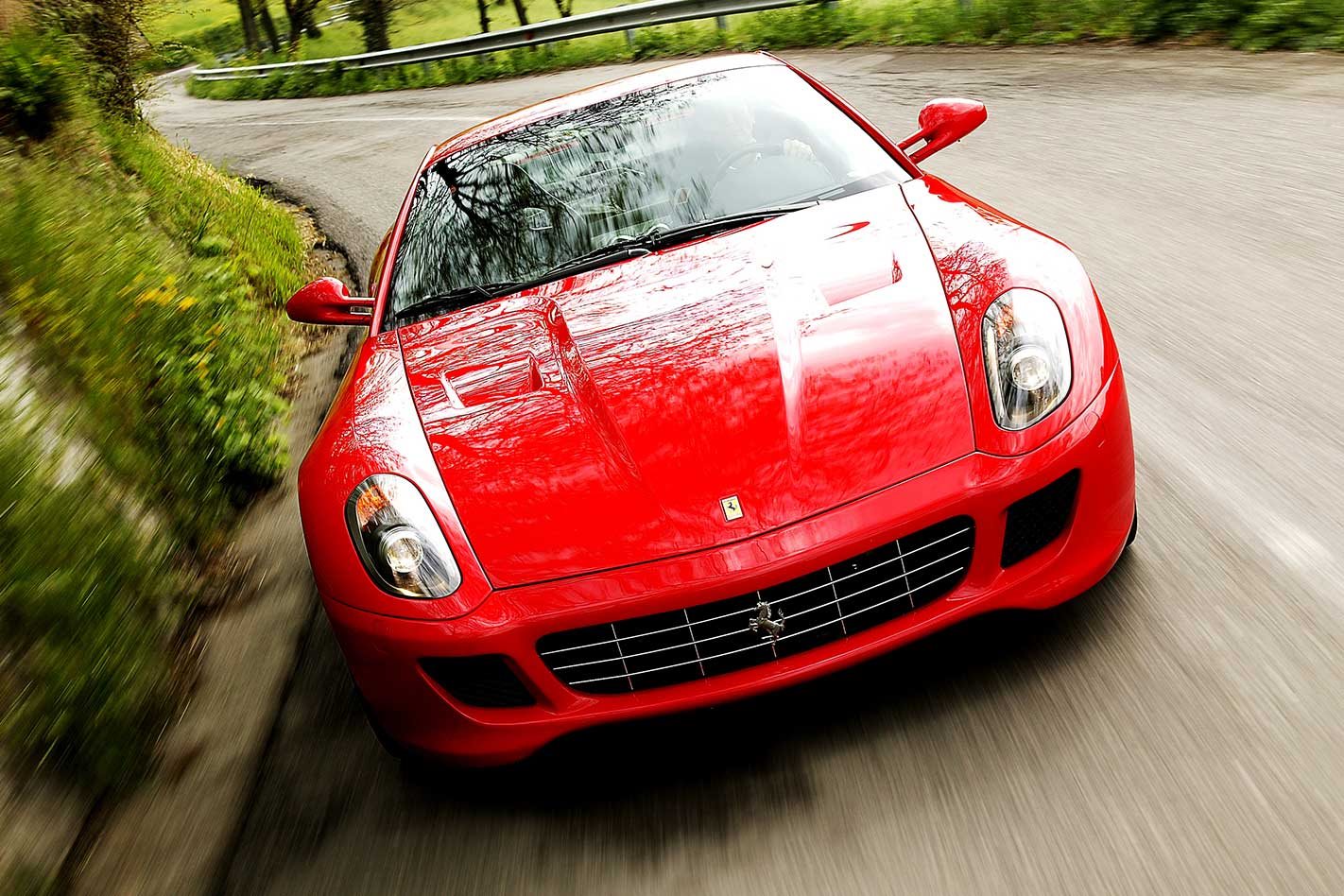At 250km/h you’re covering 70 metres per second. Specks on the horizon rapidly become slow moving trucks and caravans, none of which is expecting your approach quite so soon. Even when most fast cars are having their fury reigned in by aerodynamic drag, Ferrari’s new flagship 456kW V12 is tearing through the air at an undiminished pace.
This review was originally published in MOTOR’s July 2006 issue
Fully intent on cracking 300km/h, my vmax run on the three-land autostrada has to be abandoned at 275km/h when a lumbering semi-trailer swerves across the middle lane an into the fast lane to avoid some debris in its path.
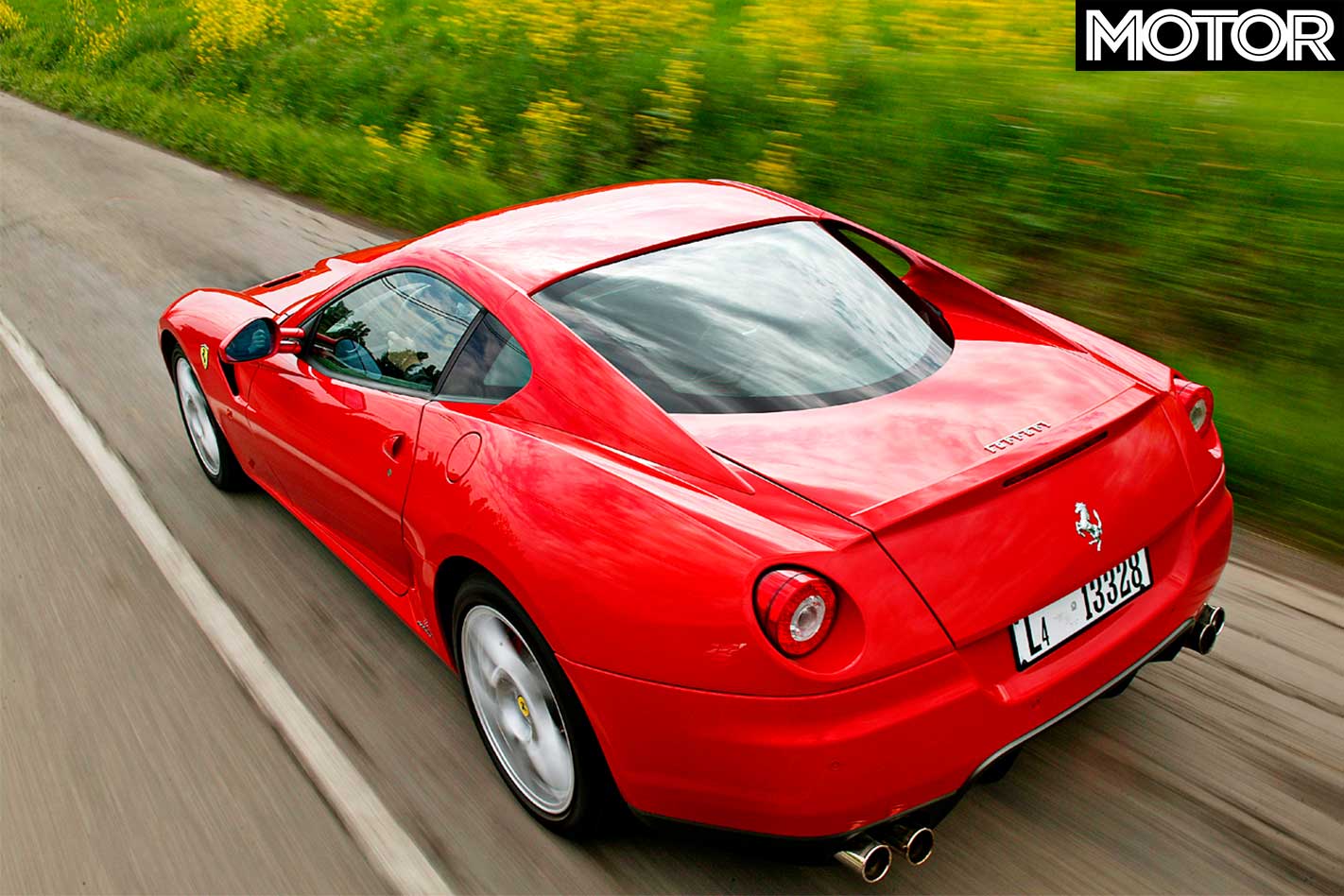
Undeterred, my co-driver gets a clearer run later in the arvo and winds the bellowing 599 GTB out ot 320km/h – a needle-width shy of the magic 200mph mark – and within shouting distance of the claimed 330-plus top whack. The rate of acceleration in sixth gear only really starts to trail off above 305km/h, with the speed building in tiny increments from 310km/h.
Aside from being very aware of the speed, the GTB is actually easy to drive at this incredible pace. At 300km/h there’s 160kg of downforce split 47:53 percent front-to-rear – the old 575M Maranello had zero downforce at this speed. Find the room to wind the Fezza out to 330km/hand the downforce builds to 190kg – 50kg ofwhich is thanks to the flying buttress C-pillars.
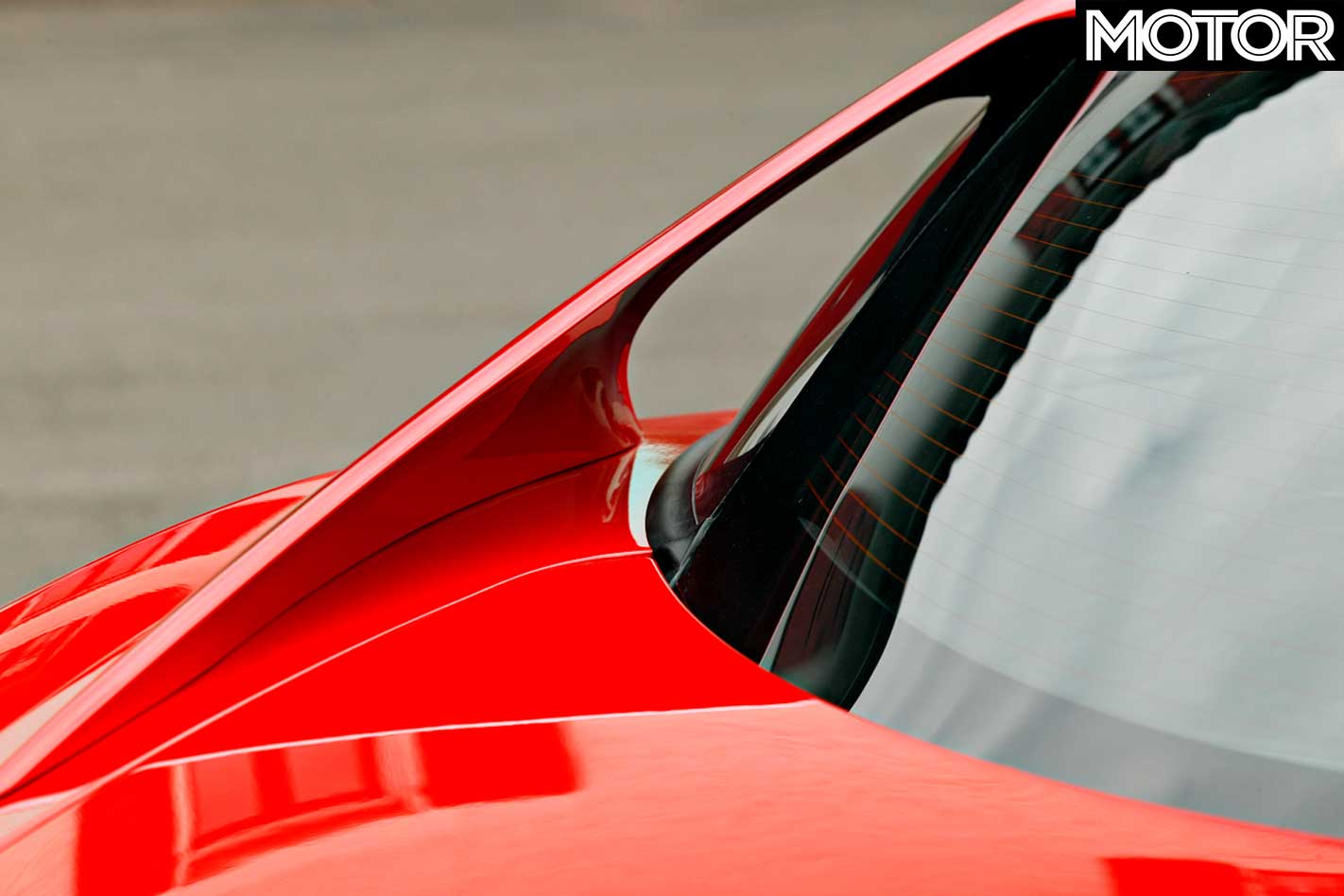
By any measure the 599 GTB is a seriously fast car. Ferrari claims a 0-100km/h blast in just 3.7 ticks of the TAG (with the aid of launch control). Keep the throttle buried and you’ll see 200klicks in 11-flat. But the real measure of the latest stallion from the Prancing-Horse stable is at Ferrari’s Fiorano test track.
Around the tight and technical 2.9km circuit, chief test driver Dario Benuzzi has clocked a best of 1:26.5sec. For reference that’s just 1.5 seconds slower than an Enzo and half a second faster than the mid-engined F430 coupe. It’s also a full 3.5 seconds quicker than the legendary F40 and the 575M Maranello it replaces.
Aside from the numbers, Ferrari brass is keen to highlight the technical differences between the old and the new V12 flagship. According to the Head of Product Portfolio Development, Massimo Furmarola, the 599 “only has the number of cylinders and [65-degree] V-angle in common with the 575M.”
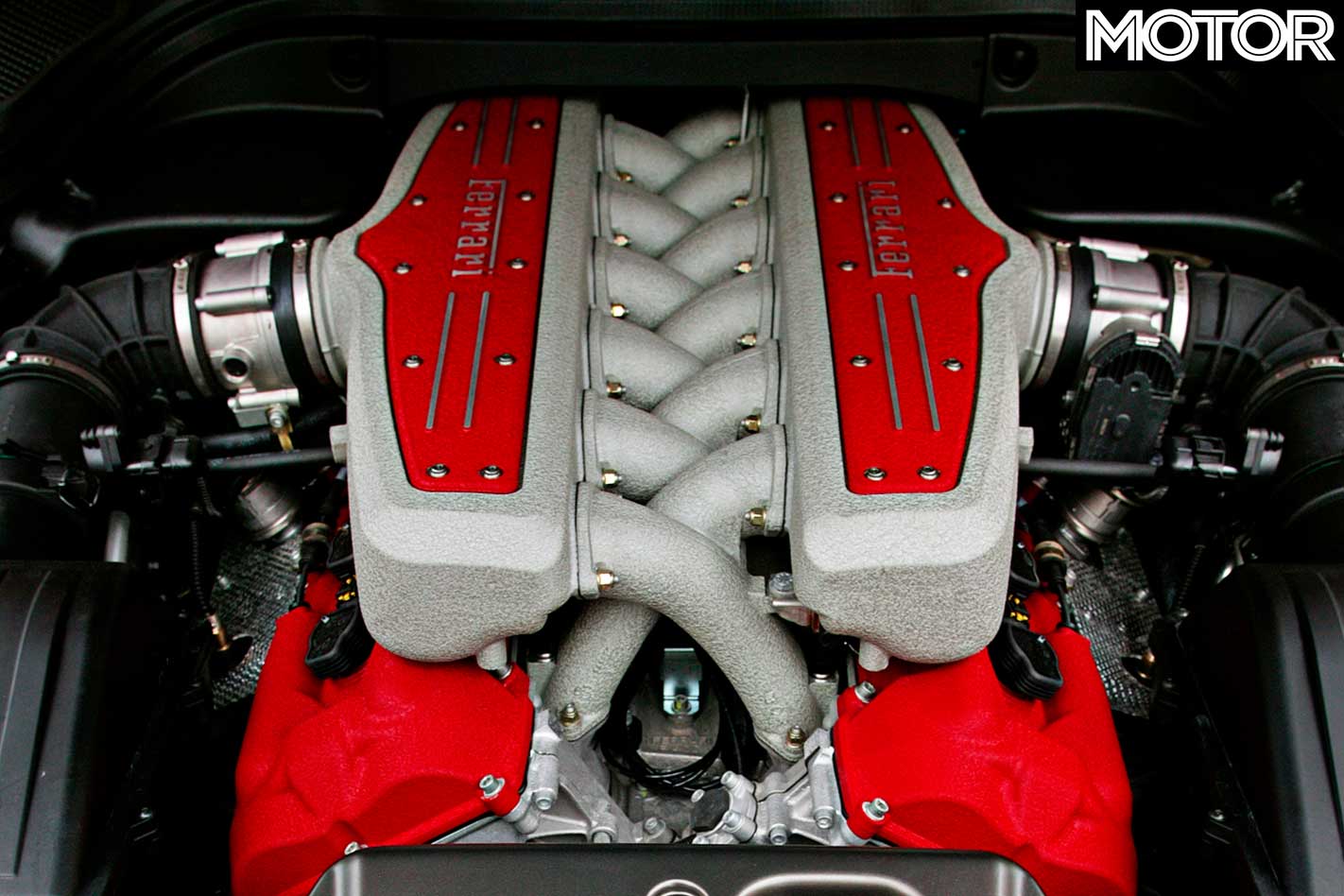
The new 6.0-litre V12 is closely releated to the 485kW unit in the limited-production Enzo, using the same block, heads and sump. Changes were made to increase service life, tractability and to reduce costs, but the major change is a shift from titanium conrods in the Enzo to more conventional forged steel rods in the Fiorano. There’s also changes to intake and exhaust to suit the front-mid-engined application.
The 456kW power peak occurs at 7600rpm but there’s still another 800rpm to go before the limiter. Torque maxxes at 608Nm at 5600rpm, but 90 percent of the peak is on song at 3500 revs. Break those numbers down per litre and you’ve got 76kW (or 102bhp) and 101Nm per 1000cc – both remarkable figures for a big capacity naturally-aspirated engine.
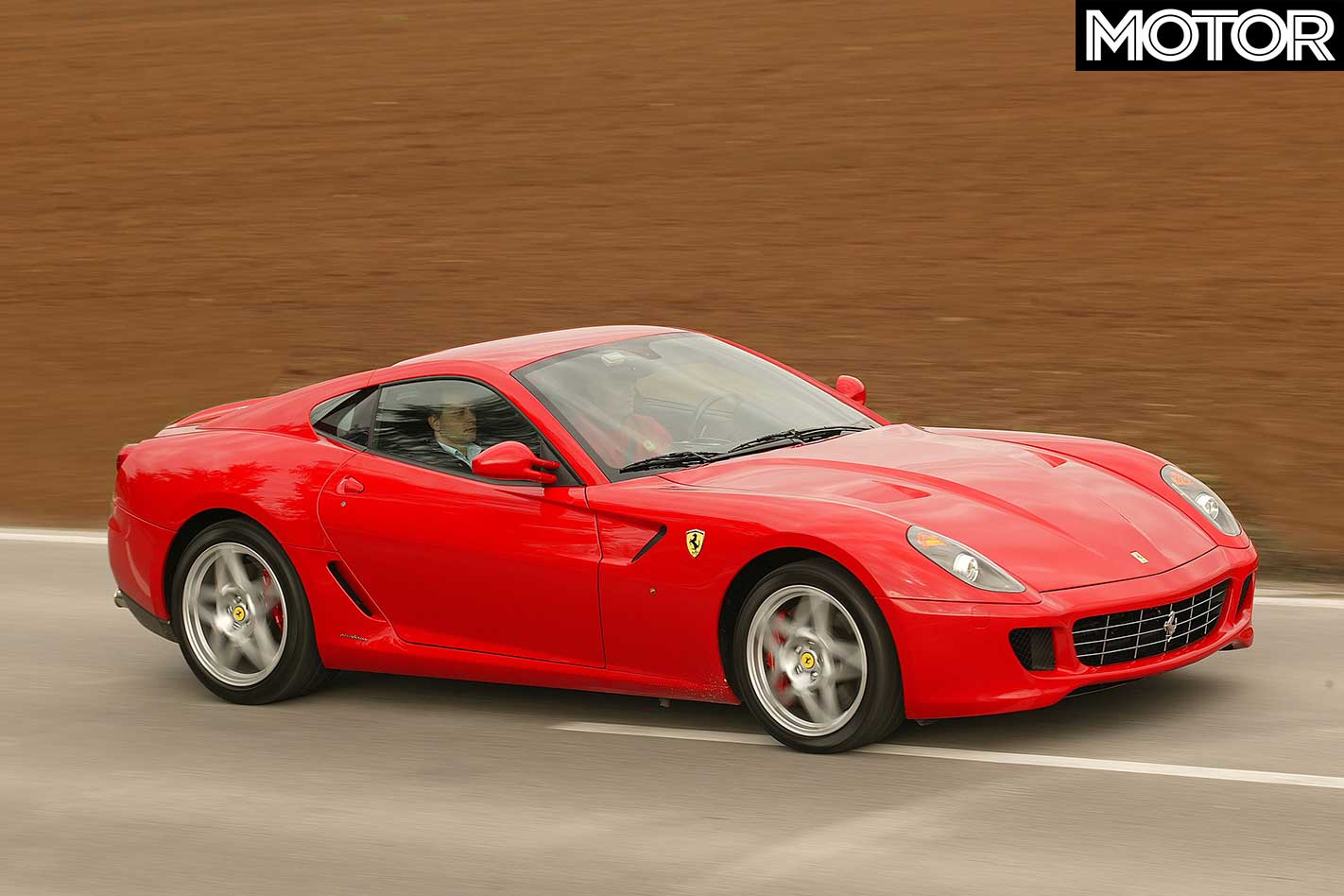
Unlike the Lamborghini Murciélago LP640 there’s no pronounced ramp up in power throughout the rev range. It’s just one long slug of addictive power and a shitload of it. And after the synthetic and anodyne note of the 575M, the new V12 sounds amazing – deep and gruff at idle, barrelchested low in the rev range and hard-edged and metallic above 6000rpm.
It’s not as shrill and manic as the V8 F430, but then this is still a true GT car to be used everyday. If you don’t bury the throttle to the bulkhead, the 599 is no louder than a V8-engined Mercedes E-Class.
Although an H-pattern gearbox will be available on the 599, all cars at the launch featured the new F1-SuperFast sequential manual ’box and it is brilliant. Total shift times with the steering wheel mounted F1-Trac manettino in Race and comp modes drops to a startling 100 milliseconds; an Enzo takes 150ms. The shift itself takes just 40ms but the rest of the time is for the clutch to release and let you nail the throttle.
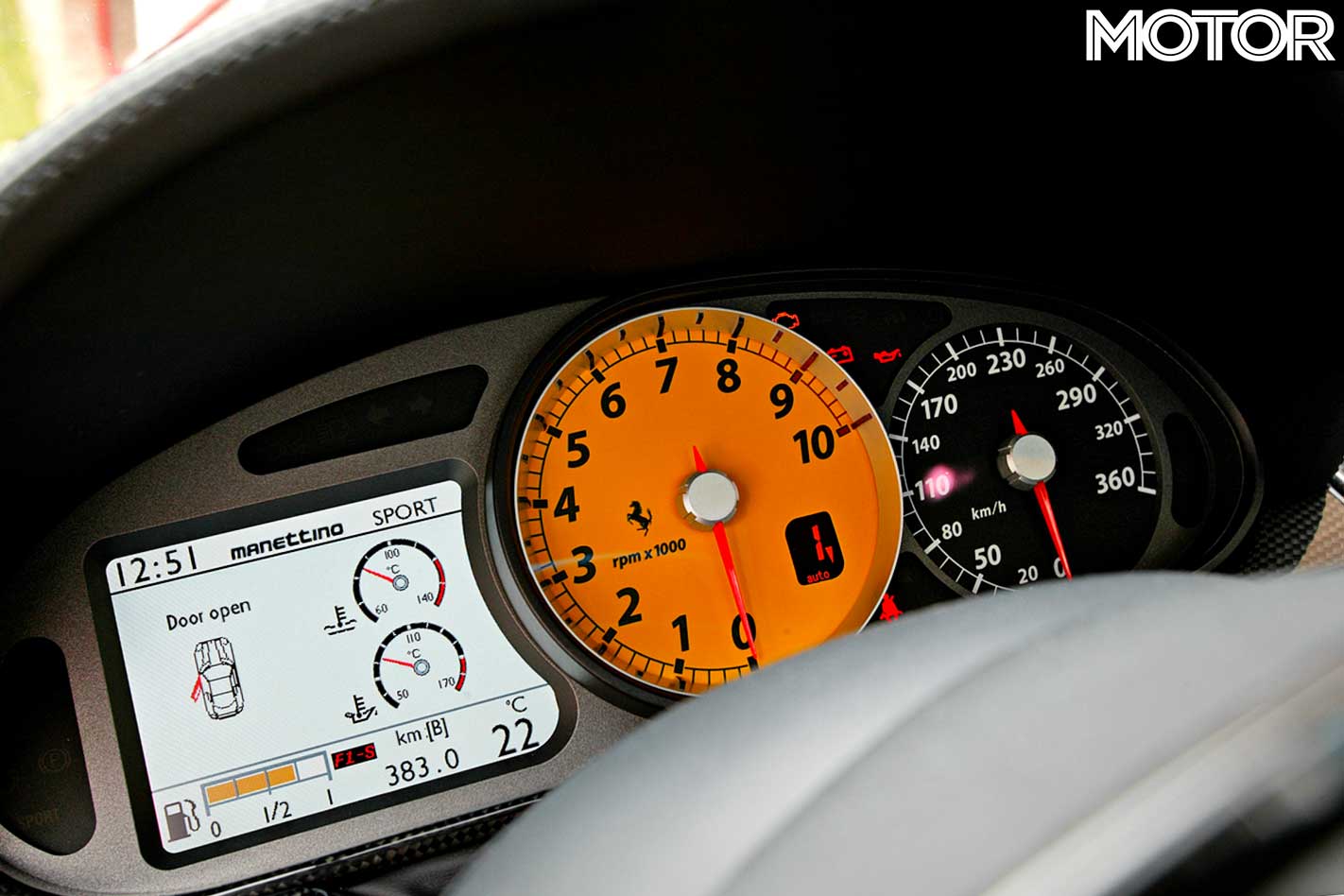
The F1-SuperFast is hands-down the best of its type in the automotive world and even the auto mode is on the money with smooth upshifts and prompt kickdown. After a day of very hard driving on road and track, it’s difficult to imagine what a conventional manual gearbox would add to the experience.
For all the pace and fury of the drivetrain, it’s the chassis that’ll leave you breathless. Using a development of Delphi’s MagneRide magnetically-controlled variable damper system first seen on the Corvette C6, the 599 delivers the absolute best compromise of ride and handling.
Okay, it’s still a bit jittery at low speed over the worst broken tarmac (it is on 20-inch rims after all), but at faster pace the GTB delivers compliance a Bentley Continental GT would fail to match. And you can also knock the manettino back to the low-grip setting to soften the dampers around town.
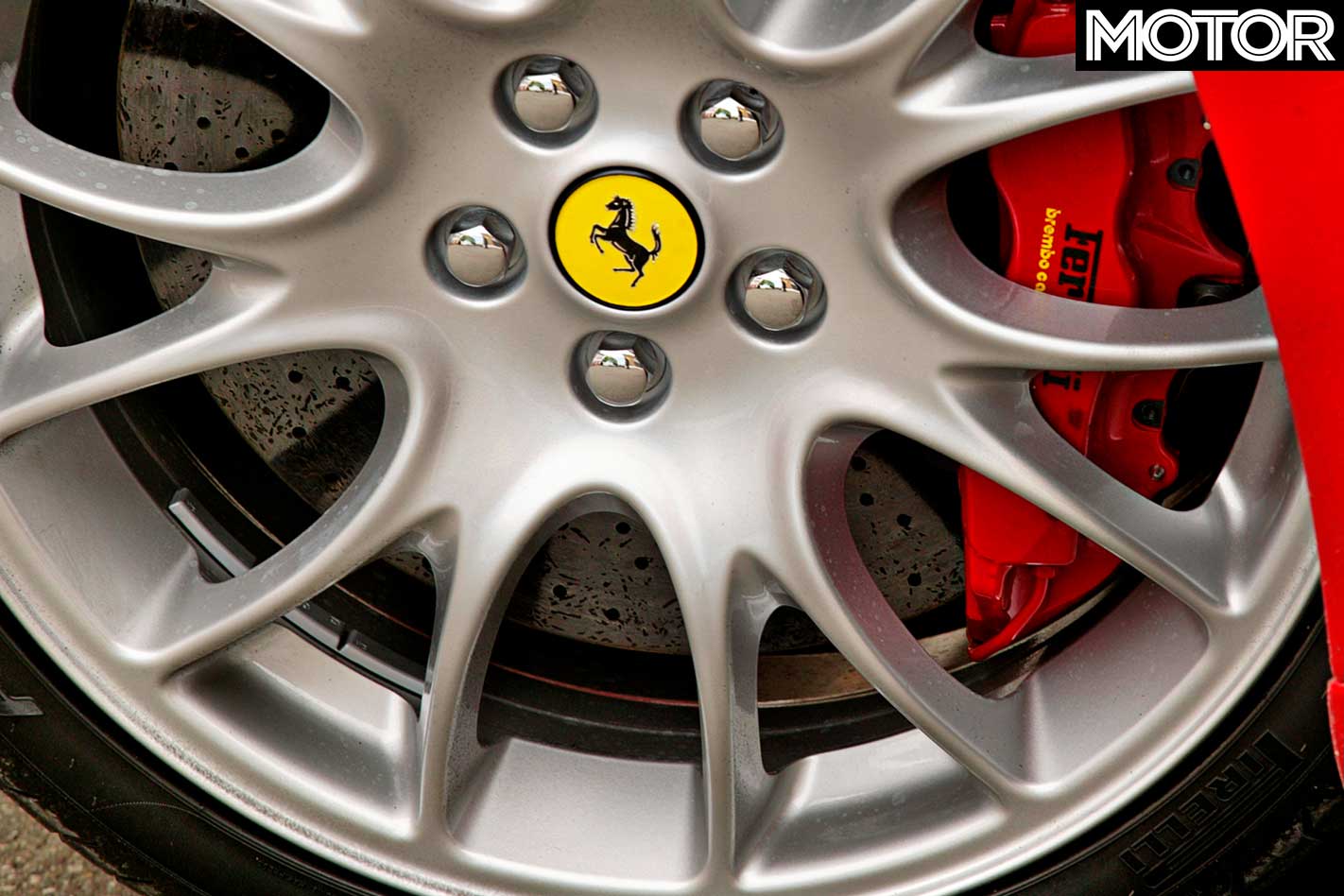
The 599 may just be the best-riding sports car of all time; certainly nothing from Porsche, Lamborghini et al can match it. One caveat to the praise about ride quality is tyre selection; both Bridgestone and Pirelli supply boots but the Bridgestones are runflats.
But you’re not reading this to hear that the best Ferrari ever made rides well. You want to know how it goes around corners. Well, after hundreds of kays of twisting Italian mountain passes and fast autostrada sweepings, I can’t recall having had a better drive. Ever.
With the amazing suspension compliance you can take liberties over backroads that’d have you bouncing into the scenery in a 911. I’ve never driven a car that’s more stable under brakes, which then allows and encourages you to dive deeper into corners.
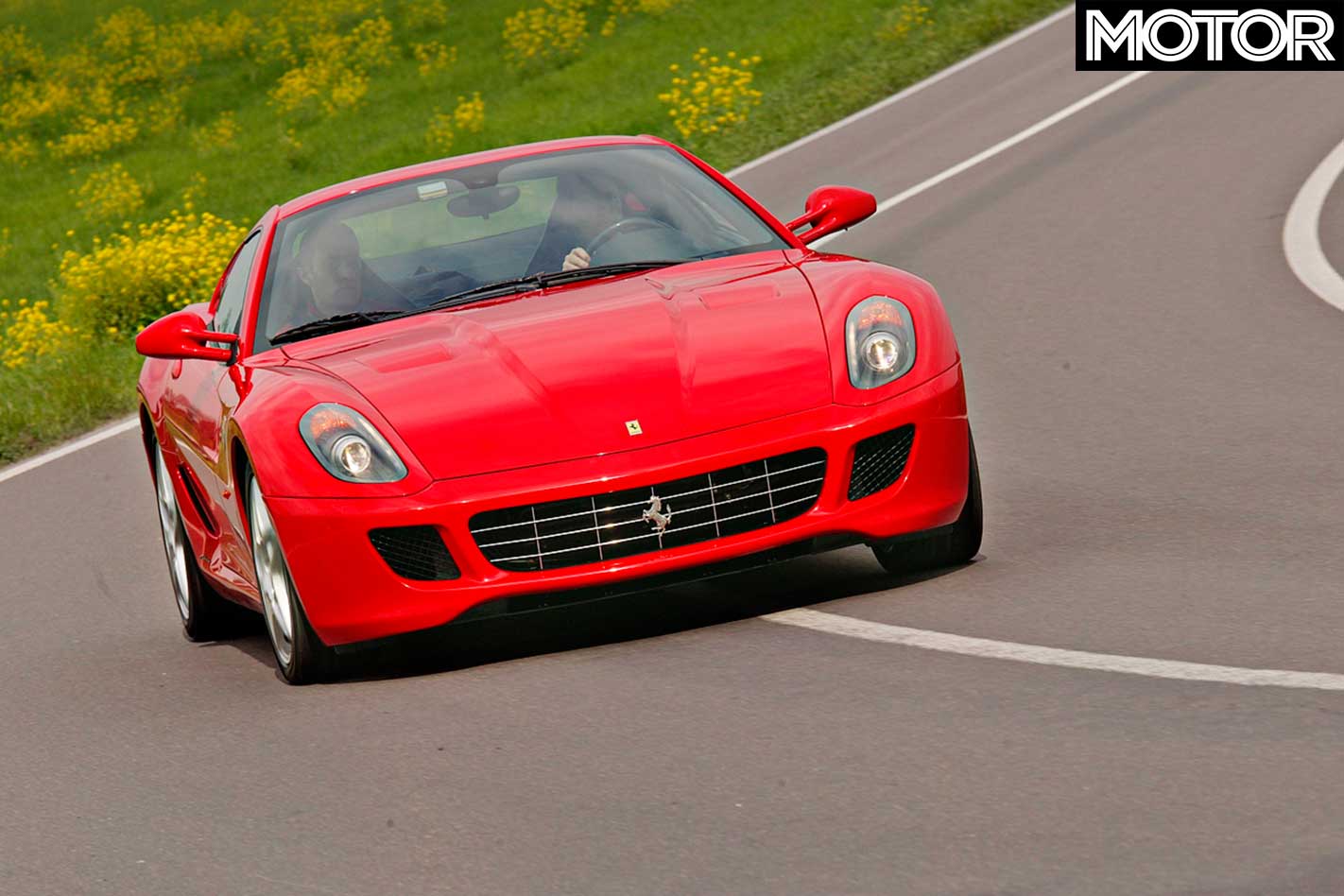
The nose faithfully follows your commands and bites hungrily towards the apex – although the steering could do with a bit more feel off-centre. Grip from the 20-inch tyres (19s are standard on the front) is all wheel drive-esque. In Sport mode you can jump hard on the power right at the apex and there’s barely a wiggle from the hips as you storm toward the exit. And remember this is a car with more than 450kW!
On the absorbing blast up and down the 30km hillclimb, my brain scanned its automotive back-catalogue for cars that would keep pace with the 599. A 911 Turbo would be in the hunt, although it’d lack the low-end punch out of the tighter corners, plus it’s a little clinical.
A Lamborghini Gallardo with its extra poke, shorter gearing, plus suspension and steering changes would be a good match, but its brakes would suffer on the punishing downhill section. Ferrari’s own F430 would run it close (we drove the same road in one the following day) but it’s not as stable under brakes.
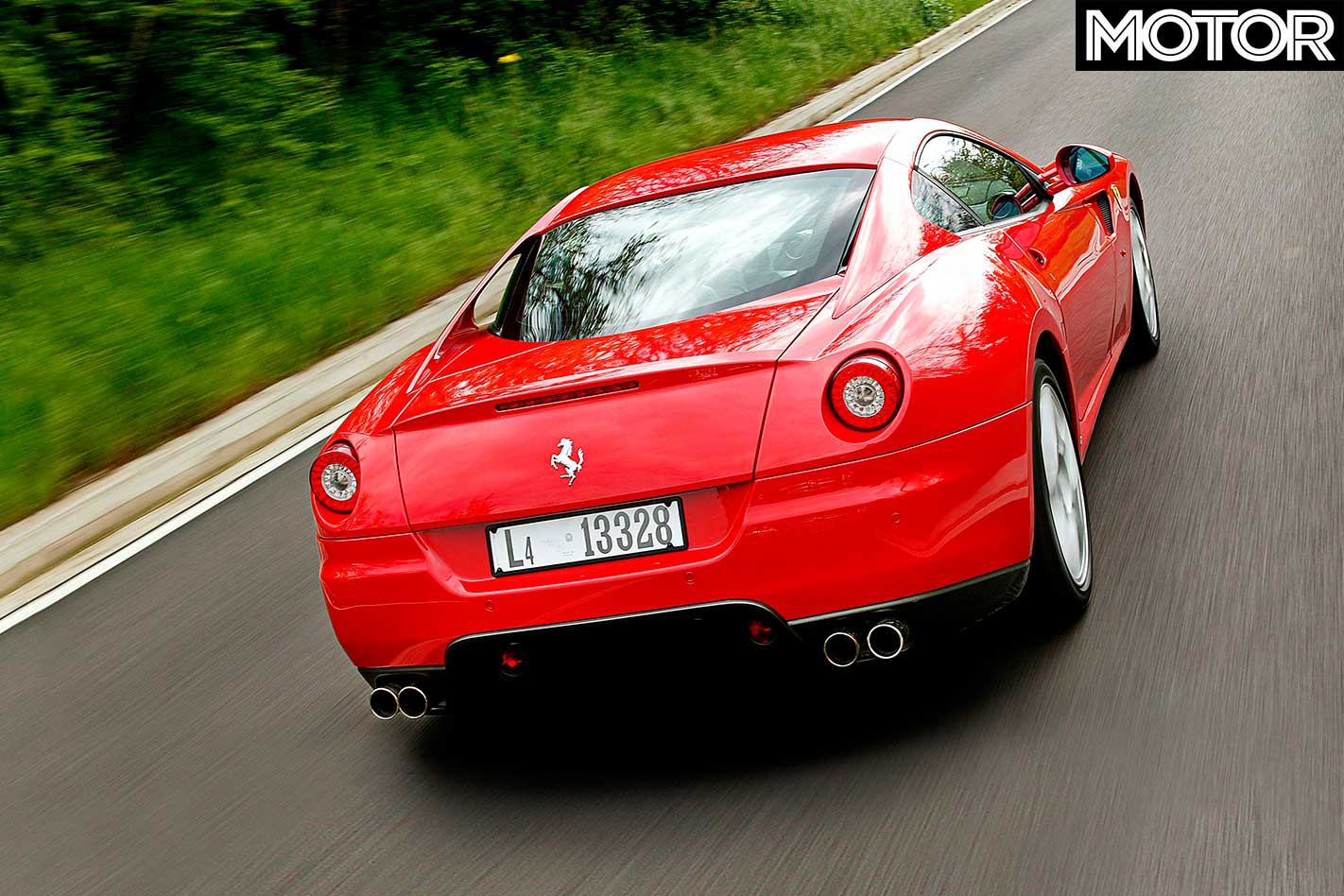
Lamborghini’s big-hitting Murciélago LP640 certainly has the pace (on long sweepers, it’s quicker than the Fiorano) but on tighter stuff it’s still too intimidating. Where the big Lambo is scary fast, the Ferrari is purely and simply fast.
When the doom and gloom of speed cameras, oil prices, and shitty roads catch up with car enthusiasts and I’m forced to live out my love of cars on Playstation, I’ll remember that magic day in Italy in 2006 when everything I love about cars came together in the 599 GTB Fiorano.
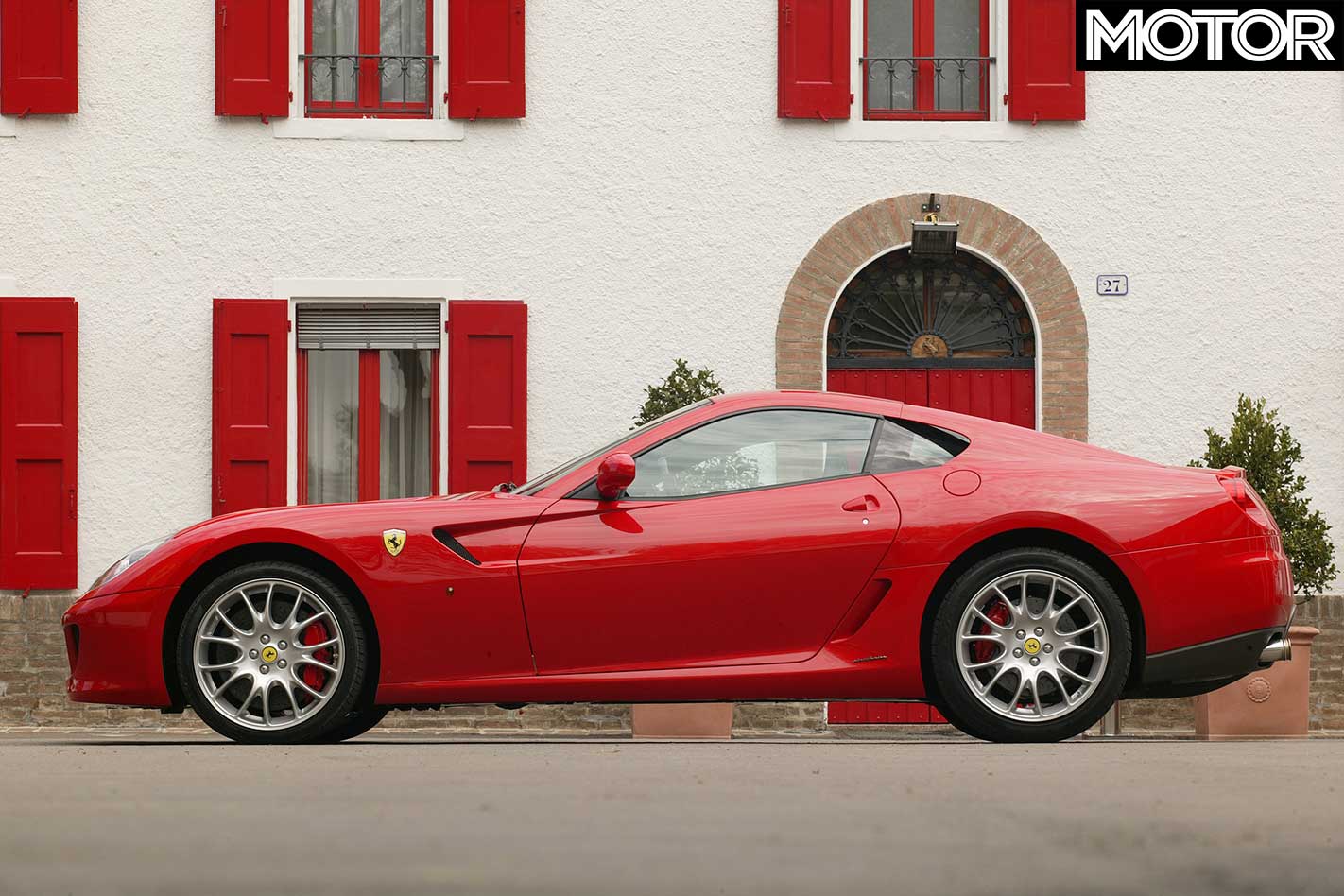
FAST FACTS 2006 Ferrari 599 GTB Fiorano
BODY: 2-door coupe DRIVE: rear-wheel ENGINE: 5999cc DOHC 48-valve, V12 BORE/STROKE: 92.0mm x 75.2mm POWER: 456kW @ 7600rpm TORQUE: 608Nm @ 5600rpm WEIGHT: 1690kg POWER-TO-WEIGHT: 270kW/tonne TRANSMISSION: six-speed automated manual SUSPENSION: double wishbones, coil-overs, Delphi MagneRide continuously adjustable dampers, anti-roll bar (f & r) BRAKES: 398mm ventilated & drilled carbon ceramic discs (optional), six-piston calipers (f); 360mm ventilated & drilled carbon ceramic discs, four-piston calipers (r) WHEELS: 20 x 8.0-inch (f); 20 x 11.0-inch (r), alloy TYRES: Pirelli P Zero; 245/35 ZR20 (f); 305/30 ZR20 (r) PRICE: $610,000 (approx) plus $35,000 for brakes and $25,000 for automated manual
F1-TRAC tech
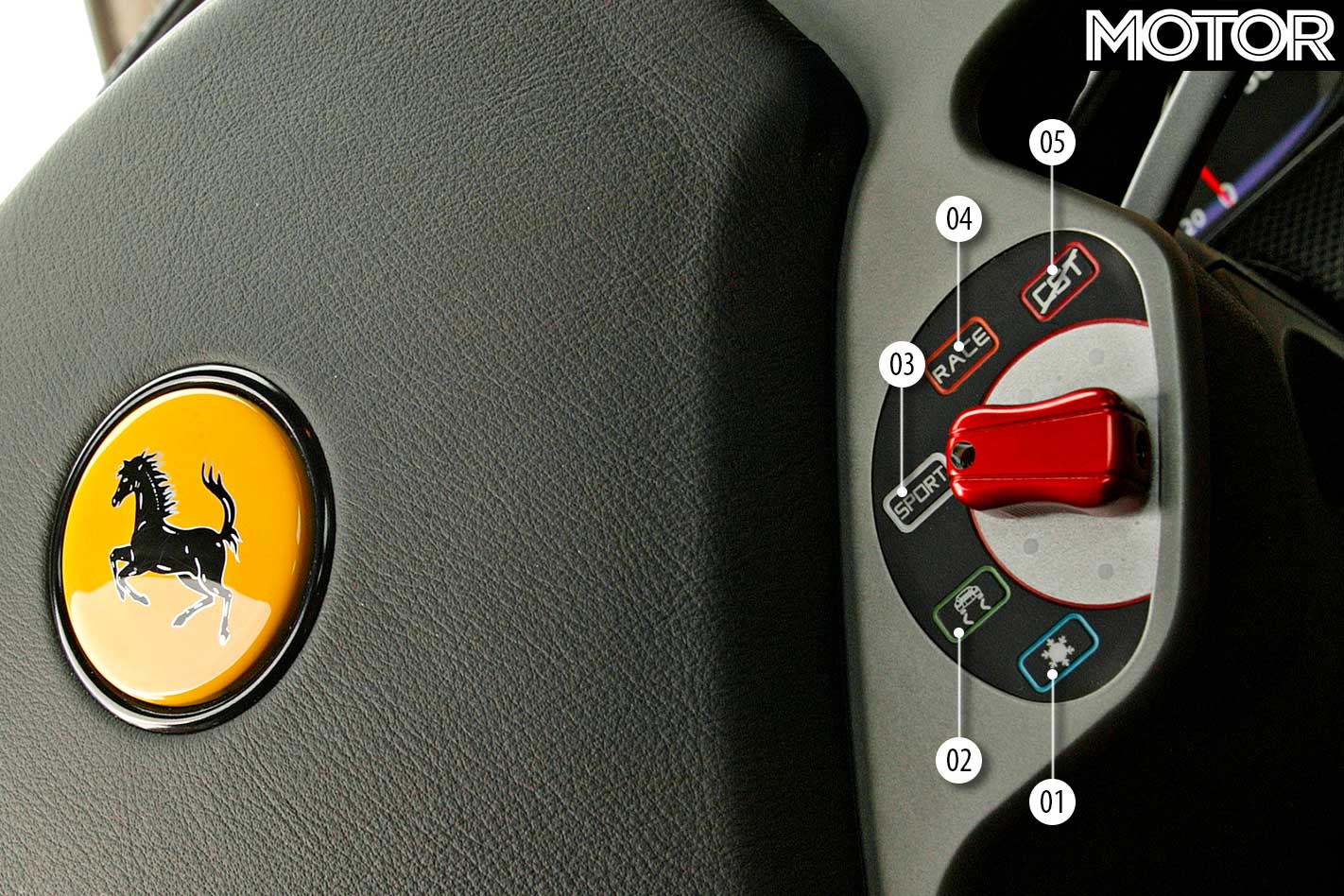
01 – ‘Ice’ mode limits rpm and provides very active electronic help 02 – ‘Low Grip’ mode has soft suspension and slower shift times. Perfect for city driving 03 – Ideal for fast road driving with faster shifts and more lenient stability programs 04 – Will still save your bacon – but it’ll frighten you silly in the process 05 – You’re on your own, buddy. Fast shifts and stiffer suspension, too
Fiorano factor
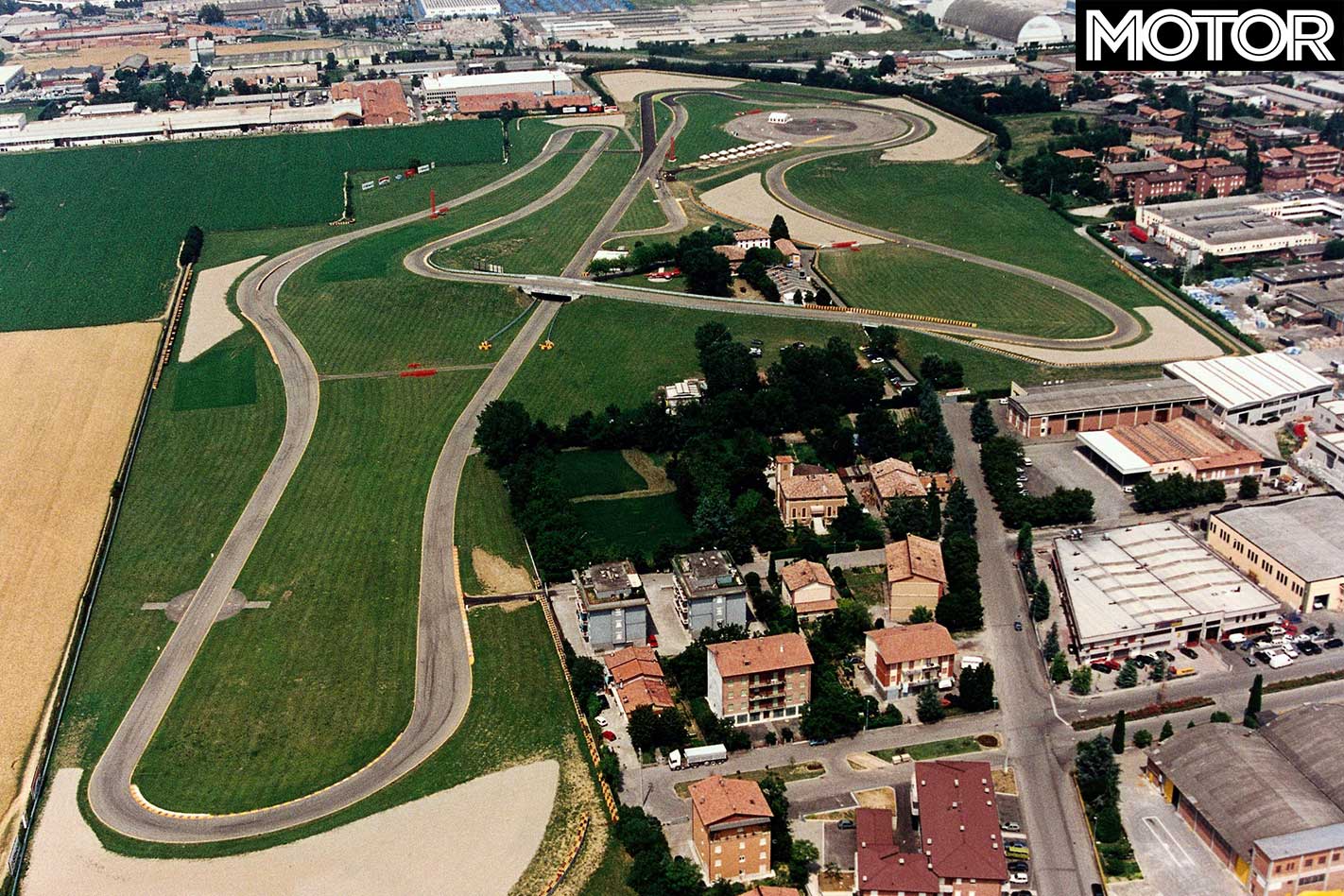
The 599 takes the kink at the end of the main straight flat in fifth at near 250km/h before leaning very hard on the anchors for the second-gear right hander.
Schumacher’s F1 car takes the same piece of tarmac flat at just over 300km/h. The race car is also an incredible 30 seconds quicker per 2.9km lap. Put another way, it’d catch the GTB every three laps.
| u00a0 | Lap time | Lap difference |
| F1 car | 55.9sec | -30.6sec |
| FXX | 1 min 17.9sec | -8.6sec |
| Enzo | 1 min 25.0sec | -1.5sec |
| 599 GTB | 1 min 26.5sec | – |
| 360 Challenge Stradale | 1 min 26.5sec | +0sec |
| F430 | 1 min 27.0sec | +0.5sec |
| F50 | 1 min 29.0sec | +2.5sec |
| F40 | 1 min 30.0sec | +3.5sec |
| 575M | 1 min 30.0sec | +3.5sec |
Naming rights
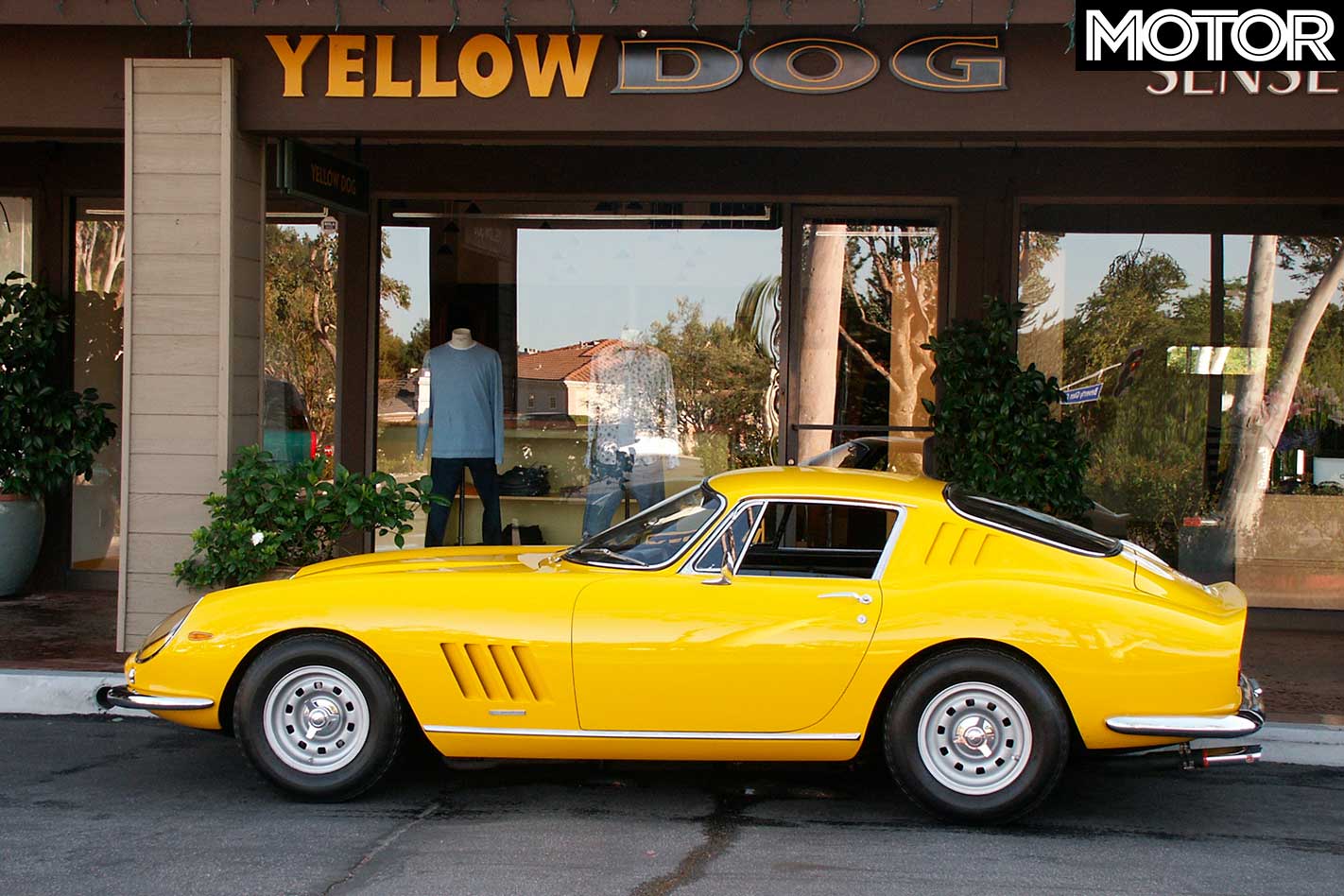
What’s in a name? A lot, according to Ferrari. The new 599 GTB Fiorano, to give the car its fully title, gets the first part of its name by dividing engine capacity by ten – 575, F430 are other examples, but it doesn’t work for the 5.75-litre 612 Scaglietti.
GTB stands for Gran Turismo Berlinetta (big coupe in other words) and the 1964 275 GTB (pictured above) was the first Ferrari to use a rear-mounted transaxle – a trait of front-engined Ferraris ever since. And the use of the Fiorano name shows the link between the road cars to the race team.

